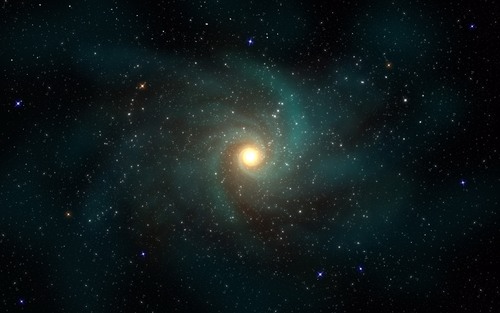The Cosmologist's Clock
 It is the much too distant future. The universe has expanded and contracted a great many times. In 2015, a great physicist and inventor created a magnificently sturdy clock that could record the age of the universe for what seemed an eternity and even maintain its functions inside a singularity. However, when the heat death of the observable universe came in our period, the clock began to suffer an error. Every century, the clock would reset to zero and record again. If
years have passed since it began to malfunction, what is the number shown on the clock?
It is the much too distant future. The universe has expanded and contracted a great many times. In 2015, a great physicist and inventor created a magnificently sturdy clock that could record the age of the universe for what seemed an eternity and even maintain its functions inside a singularity. However, when the heat death of the observable universe came in our period, the clock began to suffer an error. Every century, the clock would reset to zero and record again. If
years have passed since it began to malfunction, what is the number shown on the clock?
The answer is 25.
This section requires Javascript.
You are seeing this because something didn't load right. We suggest you, (a) try
refreshing the page, (b) enabling javascript if it is disabled on your browser and,
finally, (c)
loading the
non-javascript version of this page
. We're sorry about the hassle.
After removing the cruft, the question is simply "compute 2 0 1 5 2 0 1 6 2 0 1 7 m o d 1 0 0 ". This is standard approach:
First, we can take the base modulo 1 0 0 , giving 1 5 2 0 1 6 2 0 1 7 .
Next, by Chinese Remainder Theorem we can split our task into two: modulo 4 and modulo 2 5 .
The latter is easy. 1 5 has 5 as divisor, so 1 5 2 0 1 6 2 0 1 7 has a lot of 5 s as divisor, in particular at least two of them. Thus 5 2 ∣ 1 5 2 0 1 6 2 0 1 7 . But 5 2 = 2 5 , so 1 5 2 0 1 6 2 0 1 7 m o d 2 5 = 0 .
The former is also simple. Taking the base again modulo 4 gives ( − 1 ) 2 0 1 6 2 0 1 7 . Similar to above, 2 0 1 6 is even, so 2 0 1 6 2 0 1 7 is also even and thus ( − 1 ) 2 0 1 6 2 0 1 7 = 1 . Thus 1 5 2 0 1 6 2 0 1 7 m o d 4 = 1 .
Finding the unique integer in [ 0 , 1 0 0 ) that is congruent to 1 ( m o d 4 ) and 0 ( m o d 2 5 ) is simple: it's 2 5 .